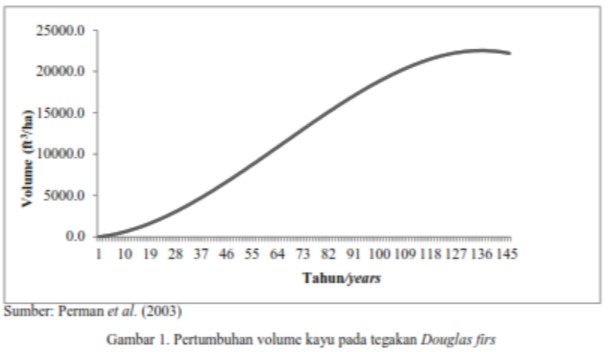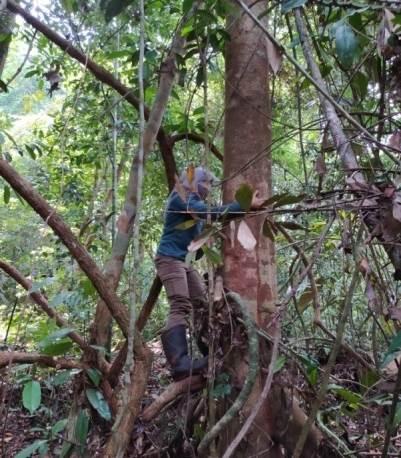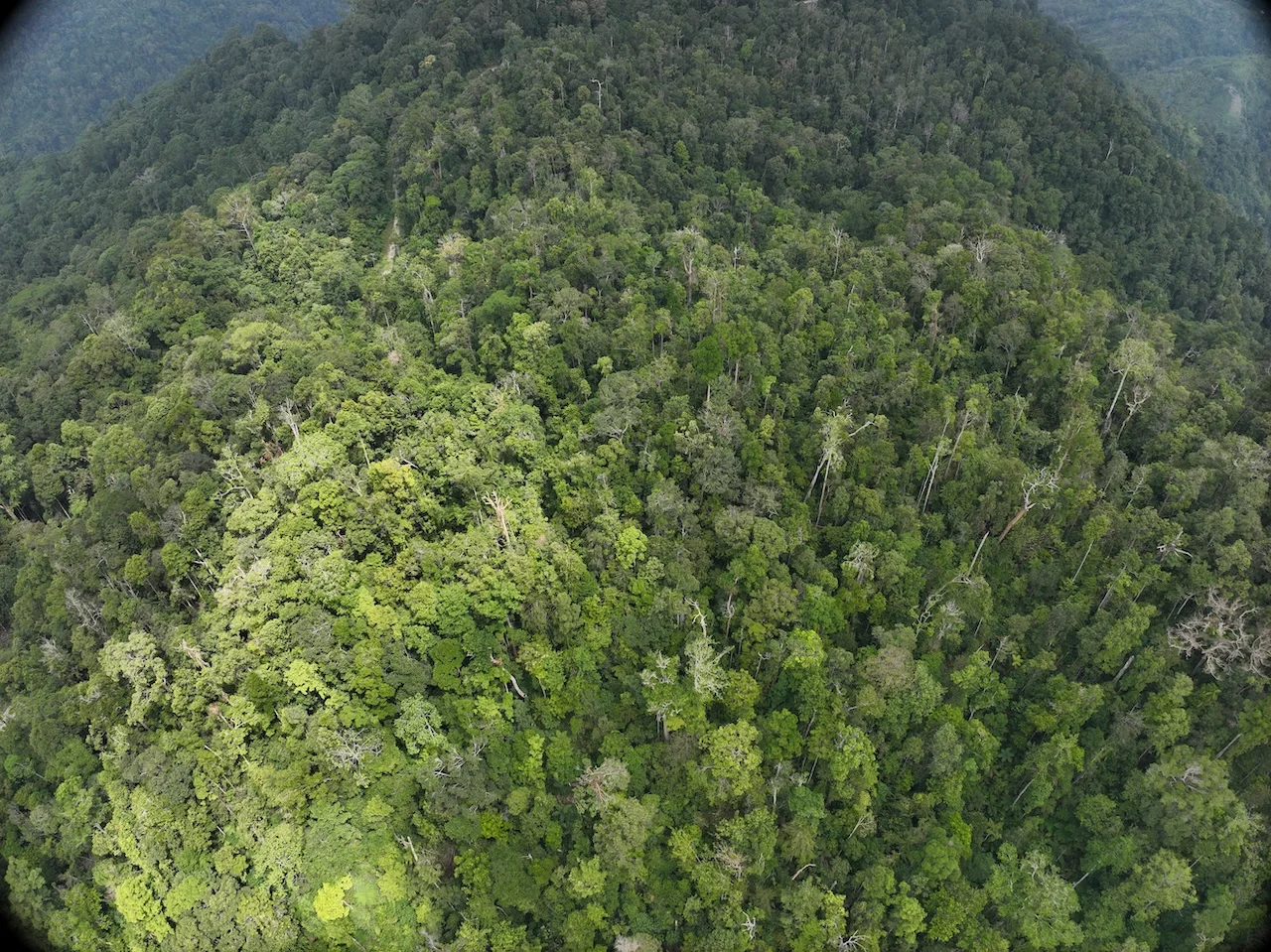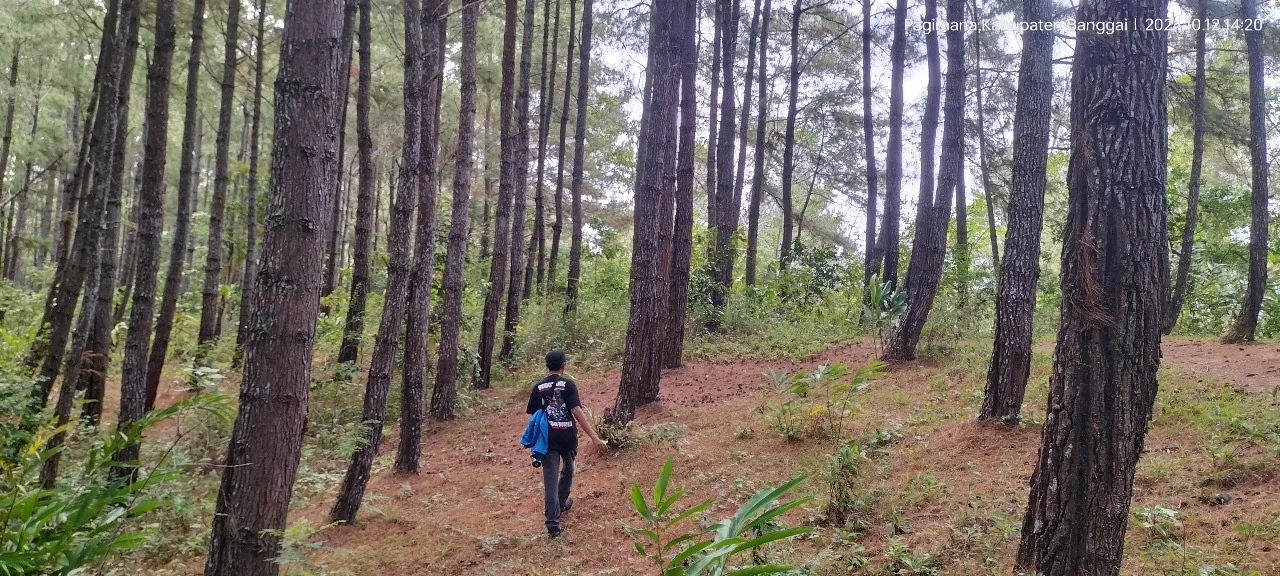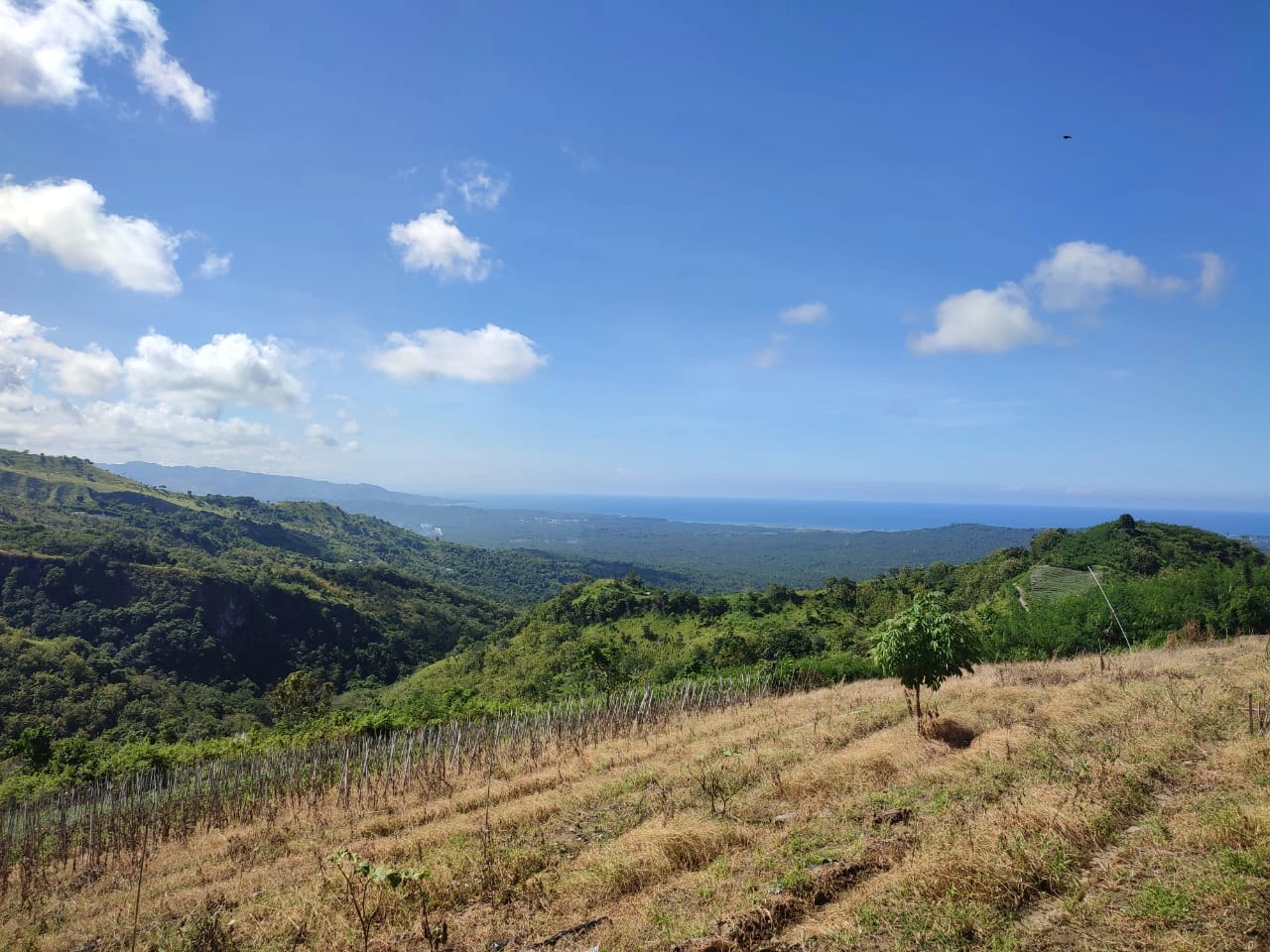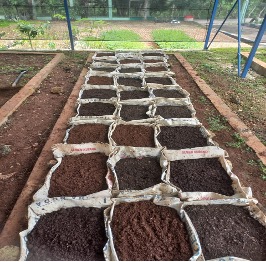The Study of Faustmann Formula Application in Sustainable Natural Forest Management in Indonesia
Abstract
In the forest economics literature, Faustmann formula is highly adopted for profit maximization problem in forest management, mostly in plantation forest. Stylized models of Faustmann formula to be applied in selective logging regime have also been studied extensively in multi-age and multi-species forest. In general, natural forest managers in Indonesia have not adopted the Faustmann formula in their management decisions. Sustainability aspect in natural forest management is applied based on silvicultural consideration, i.e. measuring residual stand that is able to be harvested in the next cutting cycle. This study aims to analyze the application of Faustmann formula in the current selective logging regime in Indonesia (i.e. TPTI), so that the natural forest managers may gain maximum profit and sustainable. This study is a qualitative research based on literature review. The results of this study show that under deterministic growth model (i.e. matrix transition model) and robust damage model (i.e. transition matrix with different damage proportions on each species and diameter class), the Faustmann formula can be applied for selective Logging regime in Indonesia.
Copyright (c) 2018 Jurnal Wasian

This work is licensed under a Creative Commons Attribution-NonCommercial 4.0 International License.
Copyright and License
All articles published in Wasian Journal are the property of the authors. By submitting an article to Wasian Journal, authors agree to the following terms:
-
Copyright Ownership: The author(s) retain copyright and full publishing rights without restrictions. Authors grant the journal the right to publish the work first and to distribute it as open access under a Creative Commons Attribution 4.0 International License (CC BY 4.0).
-
Licensing: Articles published in Wasian Journal are licensed under a Creative Commons Attribution 4.0 International License (CC BY 4.0). This license allows others to share, copy, and redistribute the material in any medium or format, and adapt, remix, transform, and build upon the material for any purpose, even commercially, provided that proper credit is given to the original author(s) and the source of the material

This work is licensed under a Creative Commons Attribution 4.0 International License. -
Author's Rights: Authors are permitted and encouraged to post their work online (e.g., in institutional repositories or on their website) prior to and during the submission process, as it can lead to productive exchanges and greater citation of published work.
-
Third-Party Content: If your article contains material (e.g., images, tables, or figures) for which you do not hold copyright, you must obtain permission from the copyright holder to use the material in your article. This permission must include the right for you to grant the journal the rights described above.
-
Reprints and Distribution: Authors have the right to distribute the final published version of their work (e.g., post it to an institutional repository or publish it in a book), provided that the original publication in Wasian Journal is acknowledged.
For the reader you are free to:
- Share — copy and redistribute the material in any medium or format for any purpose, even commercially.
- Adapt — remix, transform, and build upon the material for any purpose, even commercially.
- The licensor cannot revoke these freedoms as long as you follow the license terms.
Under the following terms:
- Attribution — You must give appropriate credit , provide a link to the license, and indicate if changes were made . You may do so in any reasonable manner, but not in any way that suggests the licensor endorses you or your use.
- No additional restrictions — You may not apply legal terms or technological measures that legally restrict others from doing anything the license permits.
Notices:
You do not have to comply with the license for elements of the material in the public domain or where your use is permitted by an applicable exception or limitation .
No warranties are given. The license may not give you all of the permissions necessary for your intended use. For example, other rights such as publicity, privacy, or moral rightsmay limit how you use the material.
Most read articles by the same author(s)
- Mohamad Siarudin, Yonky Indrajaya, Carbon Stock Dinamics of Gmelina (Gmellina arborea Roxb.) based Agroforestry in Private Forest, Tasikmalaya and Banjar District, West Java , Jurnal Wasian: Vol. 4 No. 1 (2017): June
- Yonky Indrajaya, Mohamad Siarudin, The Business Analysis of Acacia auriculiformis Agroforestry in Batulanteh Forest Management Unit, Sumbawa, West Nusa Tenggara , Jurnal Wasian: Vol. 8 No. 1 (2021): June

